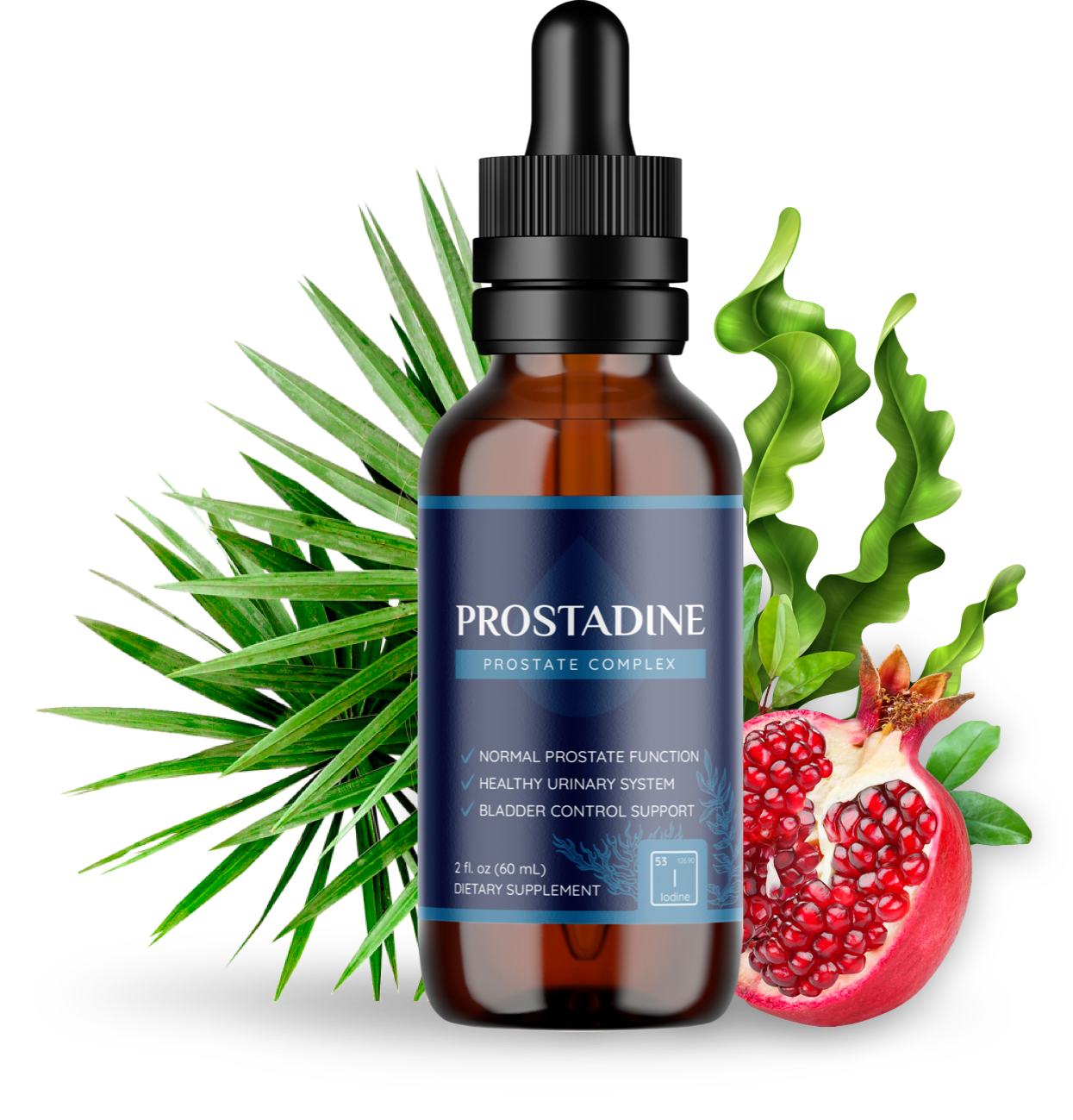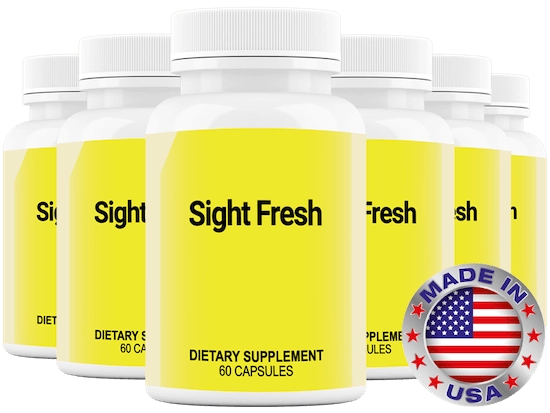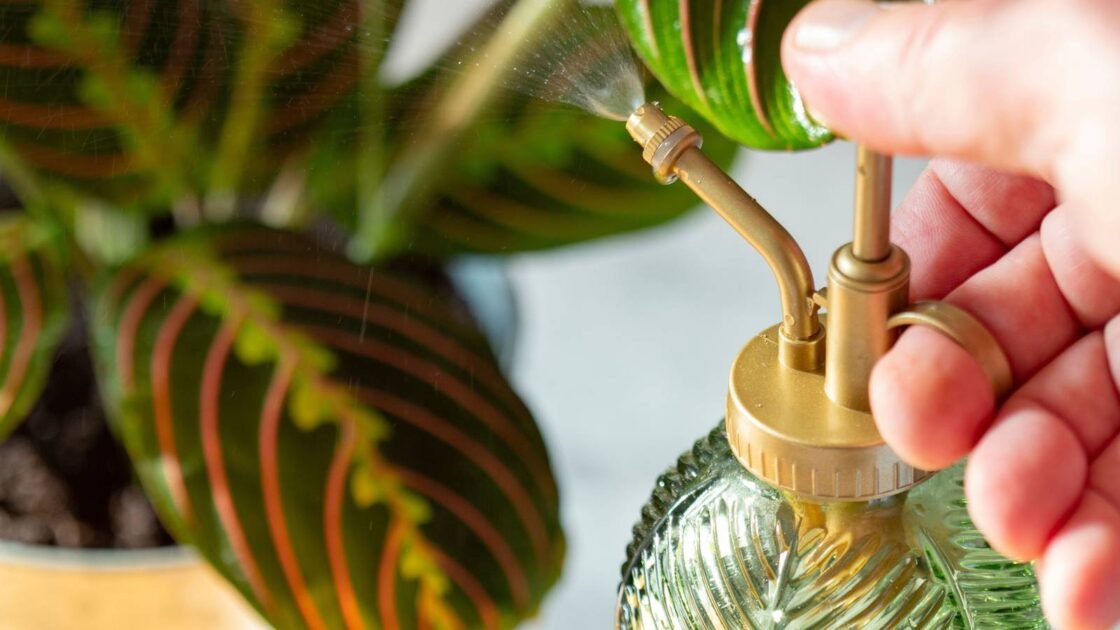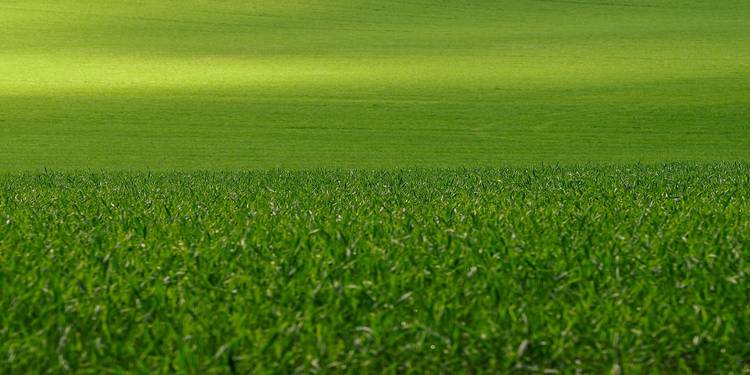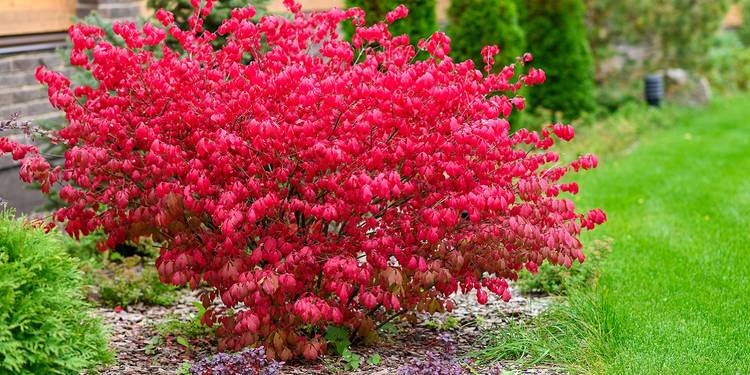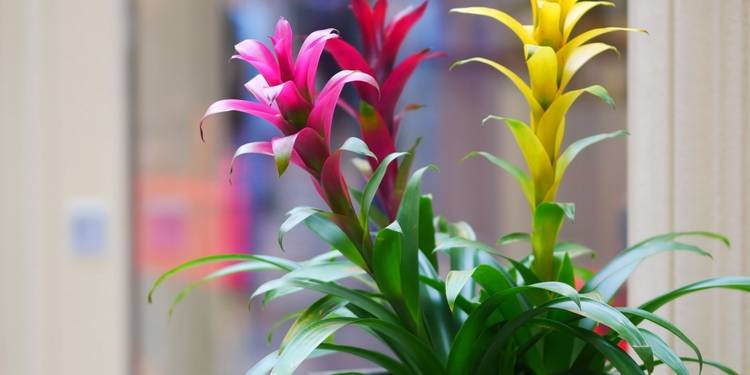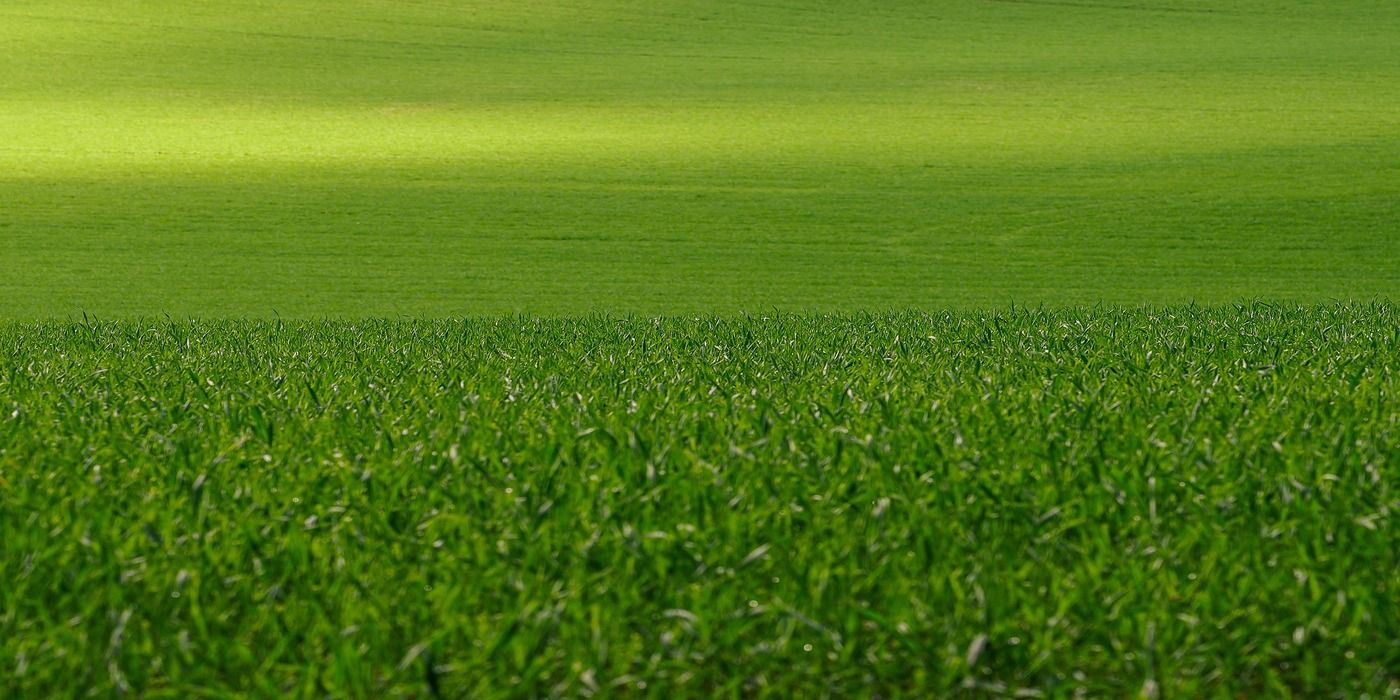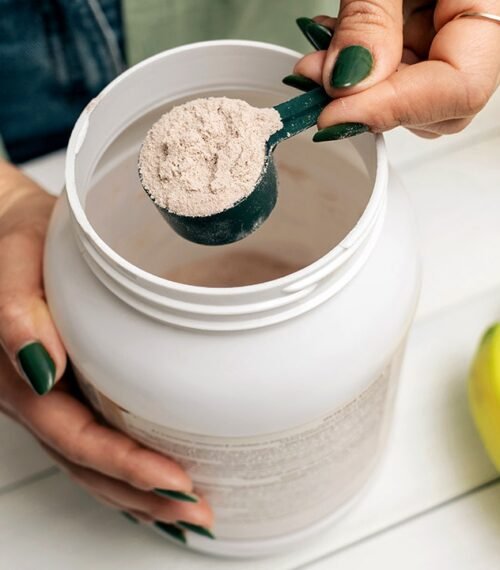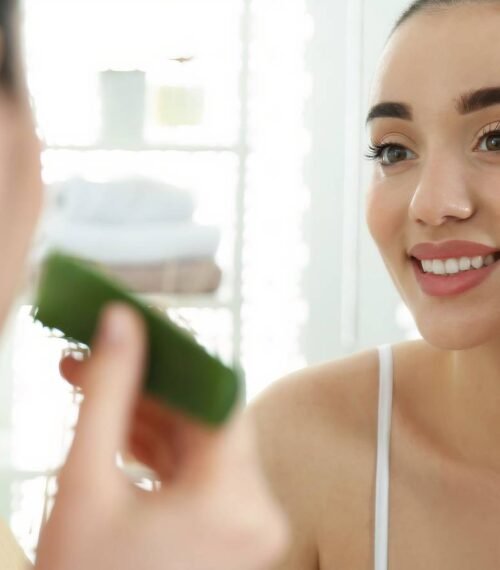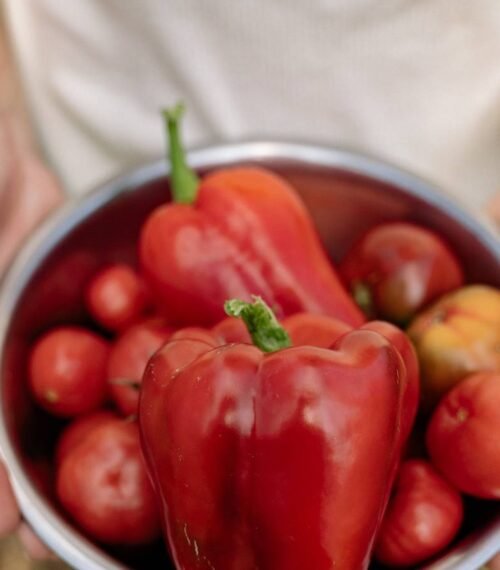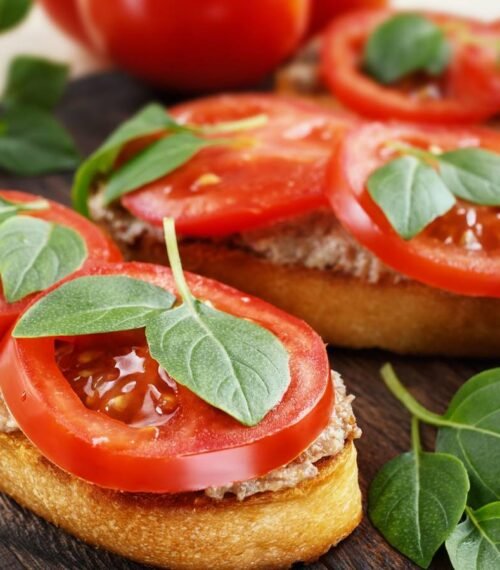Baking soda, sodium bicarbonate, is a frequent ingredient in baked goods, and it often makes an appearance in home cleaning hacks, too. It can remove grime and rust, even oil stains. But it can do a lot to keep plants healthy and pretty, too.
You can use baking soda to benefit your garden in several ways. It effectively kills weeds that compete with your plants and grasses, treats fungal infections, and reduces powdery mildew fungus in roses.
Learning how to use baking soda to treat your plants can help to turn a pantry staple into an essential gardening tool. Discover the popular plants that can benefit from this common household item, and learn how to use it to its best effect to maintain a healthy lawn and garden!
1 Maintain Perfect Bermuda Grass
Sodium bicarbonate works for your lawn care, too
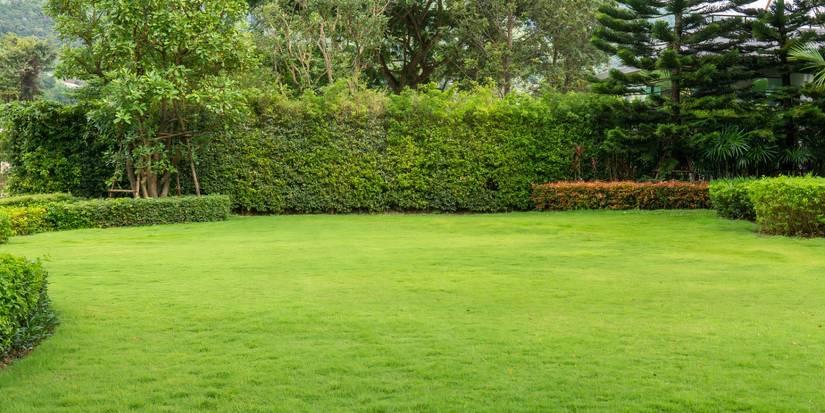
Fresh green Bermuda grass on a backyard lawn
Turf grasses are such a huge part of any landscape, from lawns to fields to even schoolyards, it's easy to overlook that they are plants that need care, too! But lawn care is essential if you want to maintain beautiful green grass, and sodium bicarbonate can help.
You can help keep your ground cover plants like Bermuda grass (Cynodon dactylon) healthy by stopping problematic weeds, like crabgrass, from introducing harmful competition.
- Crabgrass is more than just an unsightly problem; it can also crowd out your Bermuda grass by competing with it for space, nutrients, and light.
- Two primary kinds of crabgrass weeds can harm your lawn: large crabgrass (Digitaria sanguinalis) and small crabgrass (Digitaria ischaemum).
- Crabgrass can spread rapidly, producing as many as 150,000 seeds even when it is as short as a ½ inch.
Using baking soda to manage weeds like crabgrass helps prevent them from spreading and crowding out your grass.
- Sprinkle some sodium bicarbonate on top of the crabgrass to kill the foliage.
- When you apply it in a high concentration, like sprinkling it directly, the sodium naturally kills the weed.
- The sodium bicarbonate naturally dries out plants, which causes weeds to die.
2 Keep Perennial Ryegrass Beautiful
Get rid of unwanted weeds in your lawn
Bermuda grass isn't the only type of grass where crabgrass becomes problematic. Crabgrass can also grow alongside perennial ryegrass (Lolium perenne). Perennial ryegrass is a popular choice for lawns, because it grows fast! After seeding, your lawn may be ready to mow in just three weeks.
- To manage crabgrass on a larger scale, remove it manually using a dandelion weeding tool.
- Then, mow your lawn to be 2 and 3 inches tall, and avoid summer fertilizer applications.
- Sodium bicarbonate helps to treat powdery mildew fungal infections by lowering the acidity, or pH, of the infected areas.
3 Put It on Roses Regularly
Treat mildew and keep flowers gorgeous
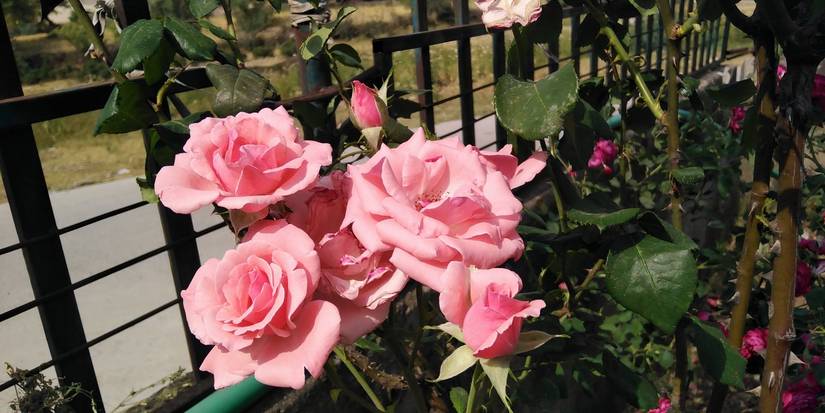
Pink grandiflora roses by a fence in the sun.
Roses (Rosa) bring a delicate fragrance and pop of color to your garden! It can be very upsetting when your rose bushes develop fungal disease. Luckily, sodium bicarbonate can be used to treat rose powdery mildew.
- Rose powdery mildew is most apparent on foliage, as it can damage both the top and underside of the leaves.
- Usually, it looks like a white powder is dusting the leaves, which may also turn yellow, red, or purple.
- It is a harmful fungus that kills leaves and prevents rosebuds from opening up.
You should combine baking soda with horticultural oil for best results on rose powdery mildew (Sphaerotheca pannosa var. rosae). Horticultural oils typically include mineral or soybean oil and help prevent fungal spores from germinating. Combining the ingredients optimizes the success of the treatment.
4 Keep Euonymus Shrubs Green and Pretty
Add it to your shrubs to keep the leaves green and prevent mold
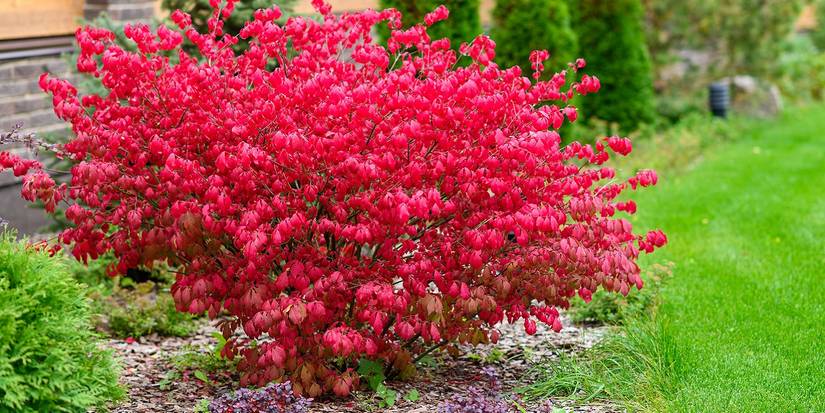
Pink euonymus shrub
Roses aren't the only plants that can benefit from baking soda treatments for powdery mildew. You can also use it to help manage powdery mildew on Euonymus shrubs.
To kill fungus on roses safely without harming the plant, create a spray that will keep your plants healthy.
|
Ingredients |
Instructions |
|
|
|
5 Banish Bacteria on Your Prayer Plants
Create a spray to keep your plants healthy
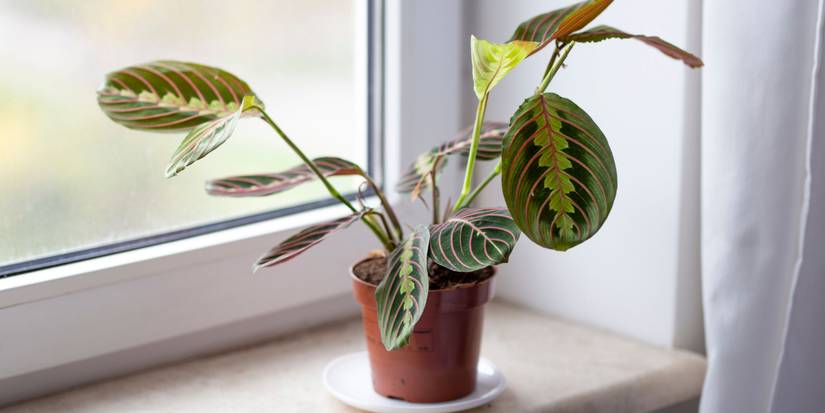
Image credits: ArtCreationsDesignPhoto via Shutterstock
Baking soda isn't just a great idea for outdoor plants; it can also benefit houseplants like prayer plants (Maranta leuconeura). Prayer plants have several names, including cathedral windows, herringbone plants, and rabbit tracks. Generally, you keep them indoors as houseplants because they are tropical evergreens that like it warm! They thrive when temperatures are between 65 and 70 degrees Fahrenheit and are only hardy in USDA zone 11.
- Prayer plants have eye-catching variegation on their foliage, making stunning red, yellow, and green patterns on their leaves.
- So it is alarming to see signs of fungal disease from helminthosporium leaf spot.
- If your plant gets this disease, you will see unsightly yellow spots on its leaves that develop into yellow halos or rings around a brown center.
- Luckily, your sodium bicarbonate spray can help!
6 Prevent Disease on Your Bromeliads
Using baking soda to treat common problems, like leaf spot
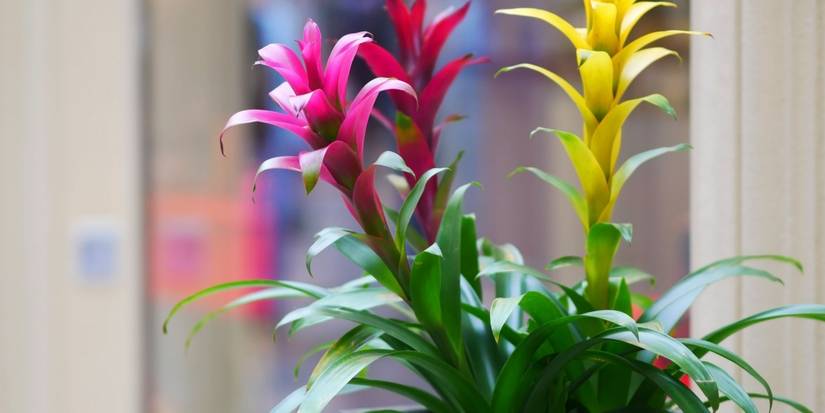
Bright colored Bromeliads
Bromeliads belong to the Bromeliaceae family and are a popular choice in many homes because they are usually low-maintenance.
- Some plants that belong to the Bromeliad family include air plants (Tillandsia), pineapples (Ananas comosus), and urn plants (Aechmea).
- However, like prayer plants, bromeliads are susceptible to helminthosporium leaf spot.
- So if you see yellow circular patches with brown centers on the foliage, take out your homemade fungal spray to treat it.
Boost Plant Care With Baking Soda
Baking soda is an essential supply for plant care. You can give your ground cover plants like Bermuda grass and perennial ryegrass a boost by using sodium bicarbonate to control pesky weeds. Then, you can combine sodium bicarbonate with horticultural oil to increase the efficacy of powdery mildew treatments on your roses or euonymus bushes. Last but certainly not least, you can make a fungal spray to reduce helminthosporium leaf spot on your indoor prayer plants and bromeliads!
Use this household ingredient to treat plant problems as soon as they appear and keep leaves, grass, and flowers healthy and beautiful!







